Dacia Sandero Hatchback (2013-2021) running costs and reliability
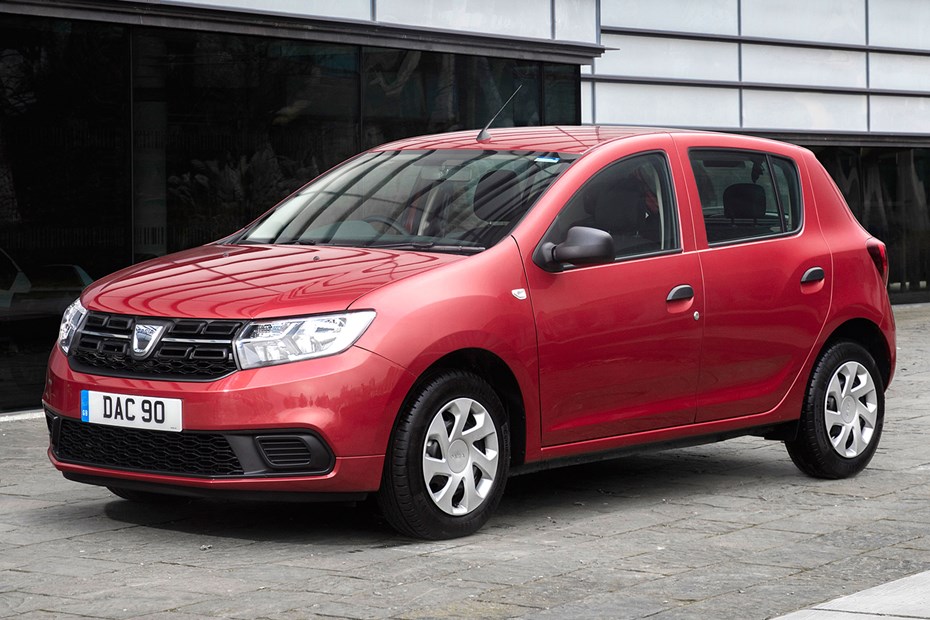
Miles per pound (mpp) ⓘ
| Petrol engines | 7.1 - 7.5 mpp |
|---|---|
| Diesel engines | 7.5 - 8.0 mpp |
Fuel economy ⓘ
| Petrol engines | 48.7 - 51.4 mpg |
|---|---|
| Diesel engines | 58.8 - 62.7 mpg |
- Diesel is the most economical on paper
- But TCe 90 petrol engine is a fine all-rounder
- Budget new prices limit residual values
Although it’s difficult to recommend a diesel-engined supermini because it takes so long to recover the initial price premium in fuel savings, the dCi 90 Dacia Sandero has an impressive claim of 80.7mpg – low running costs if you can get anywhere near that.
In the real world, the cheaper-to-buy petrol models will suit more people better, especially if your driving typically comprises of shorter, urban-centric journeys.
Despite offering more performance, the turbocharged TCe 90 motor is more economical than the simpler SCe 75, making it even more of the default choice of the line-up.
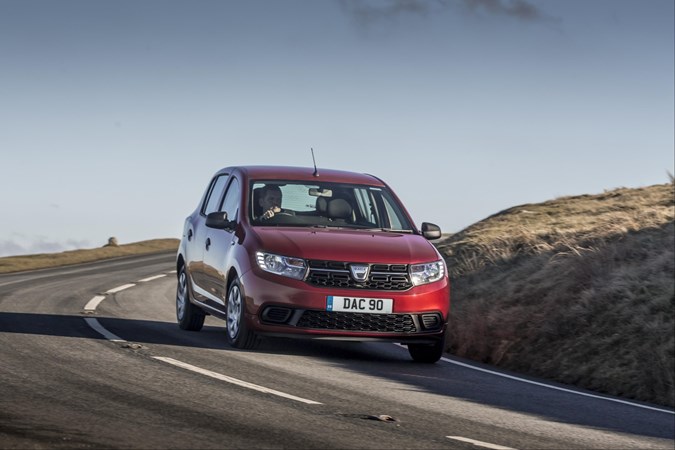
Just be wary that while the Sandero’s inexpensive to buy, residual values are rather poor – the used car marketplace has traditional viewed cheaper cars with suspicion. If you’re buying a new one, it makes sense to keep hold of it a long time.
It’s not much of a surprise to learn that the Dacia Sandero with the lowest emissions is the dCi-engined version, producing just 90g/km of CO2.
But that’s as low as it gets, with the TCe model emitting 109g/km and the lower-powered SCe 117g/km.
Not class-leading figures and there’s no hybrid or electric version on the near horizon.
Reliability
- Decent reliability record for the Sandero
- Utilising older Renault parts helps
- Cheap doesn’t have to equate to fragile
Inevitably, when you think cheap, a product’s reliability is called into question, but in the Dacia Sandero’s case, it’s not bad at all.
Yes, a quick survey of the DVSA vehicle inspectorate’s website suggests the Sandero has been subjected to five recalls, but a closer look confirms four of those were for airbag recalls on different chassis numbers.
The other issue was limited to a small number of examples and related to a failing of a steering component.
By now all issues should have been rectified, and because many of the components have already seen service in many older Renaults, any niggles or concerns will have been ironed out years ago.
Ongoing running costs
| Road tax | £20 - £195 |
|---|---|
| Insurance group | 2 - 12 |
Get an insurance quote with

|
|



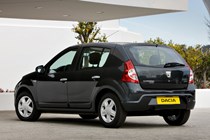
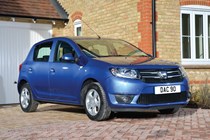
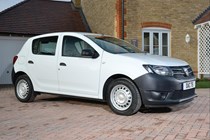
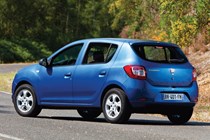
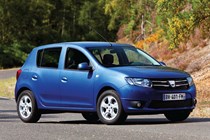
.jpg)
.jpg)
.jpg)
.jpg)
.jpg)
.jpg)
.jpg)
.jpg)
.jpg)
.jpg)
.jpg)
.jpg)
.jpg)
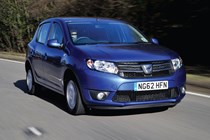
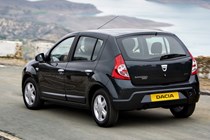
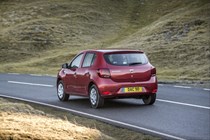

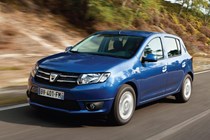
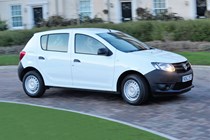

.jpg)
.jpg)
.jpg)
.jpg)
.jpg)
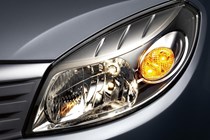
.jpg)
.jpg)
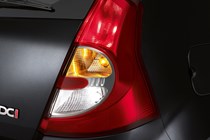

.jpg)
.jpg)
.jpg)
.jpg)
.jpg)
.jpg)
.jpg)
.jpg)
.jpg)
.jpg)
.jpg)
.jpg)
.jpg)
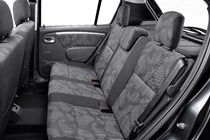
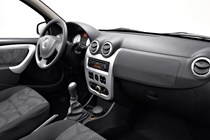

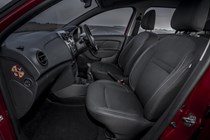
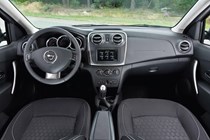
.jpg)
.jpg)
.jpg)
.jpg)
.jpg)
.jpg)
.jpg)
.jpg)
.jpg)
.jpg)
.jpg)
.jpg)
.jpg)
.jpg)
.jpg)
.jpg)
.jpg)
.jpg)
.jpg)
.jpg)
.jpg)
.jpg)
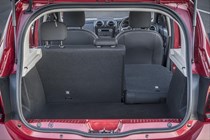
.jpg)
.jpg)
.jpg)
.jpg)
.jpg)
.jpg)
.jpg)
.jpg)
.jpg)
.jpg)








.jpg?quality=50)
.jpg?quality=50)
.jpg?quality=50)
.jpg?quality=50)
.jpg?quality=50)
.jpg?quality=50)
.jpg?quality=50)
.jpg?quality=50)
.jpg?quality=50)
.jpg?quality=50)
.jpg?quality=50)
.jpg?quality=50)
.jpg?quality=50)







.jpg?quality=50)
.jpg?quality=50)
.jpg?quality=50)
.jpg?quality=50)
.jpg?quality=50)

.jpg?quality=50)
.jpg?quality=50)


.jpg?quality=50)
.jpg?quality=50)
.jpg?quality=50)
.jpg?quality=50)
.jpg?quality=50)
.jpg?quality=50)
.jpg?quality=50)
.jpg?quality=50)
.jpg?quality=50)
.jpg?quality=50)
.jpg?quality=50)
.jpg?quality=50)
.jpg?quality=50)





.jpg?quality=50)
.jpg?quality=50)
.jpg?quality=50)
.jpg?quality=50)
.jpg?quality=50)
.jpg?quality=50)
.jpg?quality=50)
.jpg?quality=50)
.jpg?quality=50)
.jpg?quality=50)
.jpg?quality=50)
.jpg?quality=50)
.jpg?quality=50)
.jpg?quality=50)
.jpg?quality=50)
.jpg?quality=50)
.jpg?quality=50)
.jpg?quality=50)
.jpg?quality=50)
.jpg?quality=50)
.jpg?quality=50)
.jpg?quality=50)

.jpg?quality=50)
.jpg?quality=50)
.jpg?quality=50)
.jpg?quality=50)
.jpg?quality=50)
.jpg?quality=50)
.jpg?quality=50)
.jpg?quality=50)
.jpg?quality=50)
.jpg?quality=50)